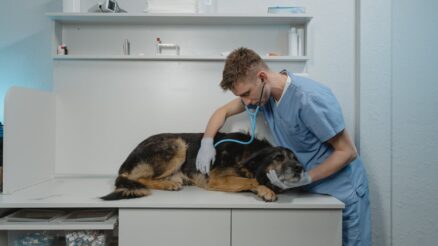It can be challenging to clean up after a flood, especially when you are beginning to determine the extent of the damage and spread to your house and personal belongings. You may need to replace walls, carpets, appliances, and furniture if there is more than a quarter-inch of water. You might need to replace ducts, HVAC systems, roofing, septic tanks, roofs, utilities, and even the foundation of your home when you wash up after a more severe storm with higher flood levels.
Cleaning Your Floors After the flood
Basements that are flooding may be due to the leak of a pipe, blocked sewer line, hefty rains, or any other issue. It does not matter what caused the water to flood. It is crucial to clean up the mess as fast as you can. The longer water is on your flooring, the more likely it will become a dangerous condition.
Flooding can create a mess and an unpleasant odor. It might lead to bacterial contamination, mold growth, and decaying wood in the worst-case scenario. It is a good thing to know whether it’s safe to do the cleanup yourself, and the time when you should hire experts will allow you to avoid the worst effects of flooding.
Cleaning Concrete or Tile Floors
You’re lucky if your basement has concrete or tile floors. They are easy to clean and, when exposed to water, produce the most effective results. To stop mold and mildew growth, wash and dry your tile or concrete floors as soon as you can.
When the weather is warm and comfortable, opening windows and doors will aid evaporation and allow the moisture to escape. Concrete and tile floors do not shrink as much as wooden floors when they dry quickly. It’s possible to speed up the drying by using a fan or dehumidifier to help speed the process. To avoid the growth of bacteria and lingering stench from the floor, scrub the floor with an all-purpose cleaner that has bleach. To help you restore your damaged floors, you can hire a restoration company near you; you can visit their website for more information.
Cleaning Carpeted Floors
Carpets are highly absorbent, so it is essential to dry the floor of a carpeted area as soon as possible. Removing furniture from the moist area is recommended if the rug is only partially wet from spills or overflows. Then, put a few towels which are dry and absorbent over the damp spot. The towels will absorb any excess water.
If your carpet has been flooded, a rental of the dehumidifier or fan might not be enough to eliminate excess moisture. To determine the best course to take, seek advice from a professional you suspect that your carpet’s subfloor or padding is wet. Trustworthy and reliable restoration companies like PuroClean are crucial to wash your floors after a flood.
Cleaning Wood Floors
Water can be more challenging to handle on wood floors than on other surfaces. Different elements such as type of wood, subfloor, and the humidity of the air all impact on how to dry wood. While heating devices can speed up drying times, they can also cause wood to shrink when used too quickly. If the water is swiftly removed, then the rest of the cleanup is easy.
Wet floors are more likely to be prone to mold. This is not something you want to attempt on your own. A professional will use a complete method to dry wood floors quickly, reducing the risk of mold development and damage. You can go to their mould removal page to view additional details.
Conclusion
The water in the basement can cause many problems, from minor mess to more severe issues like warping, staining, or mold growth. To ensure that your flooring is secure and clean, get an expert carpet restoration and cleaning service. Experts can assist you in assessing your flooding and avoid flooring damage.


